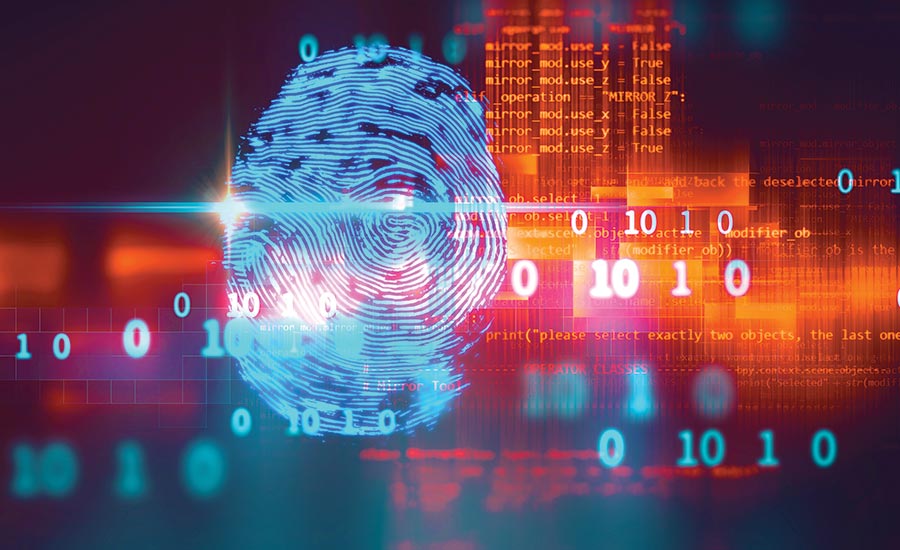There’s something magical about a drink that catches the light and sparkles as it moves. Shimmering glitter for beverages is a simple way to elevate ordinary drinks into visually stunning creations. Whether you are hosting a party, celebrating a special occasion, or simply treating yourself, adding a touch of edible glitter can transform your beverage into an enchanting experience.
Why Choose Shimmering Glitter for Your Drinks?
Shimmering glitter is not just about looks it enhances the overall experience of enjoying a drink. Here’s why you should consider it:
- Instant Visual Appeal: A sprinkle of glitter instantly makes beverages look festive and luxurious.
- Fun and Playful: Glitter adds a sense of whimsy and joy, making every sip feels special.
- Versatile Application: Works beautifully in cocktails, mocktails, milkshakes, lemonades, and even hot beverages.
- Safe and Edible: Made from ingredients designed for consumption, it’s a worry-free way to add sparkle.
Easy Ways to Add Glitter to Your Beverages
Incorporating glitter is effortless and does not require professional skills. Here are some simple methods:
- Sprinkle It On Top: After pouring your drink, gently sprinkle glitter over the surface to create a dazzling effect.
- Mix into the Drink: Stir a pinch of glitter into the beverage for a twinkling, floating shimmer.
- Rim the Glass: Coat the rim with sugar or syrup and then dip it into glitter for an extra sparkly presentation.
- Layer with Color: Combine glitter with layered drinks to enhance the contrast and visual impact.
Perfect Occasions for Glittery Beverages
Glitter adds a festive flair that makes every moment memorable. Consider these occasions:
- Parties and Celebrations: Birthdays, anniversaries, or gatherings are instantly uplifted.
- Holidays and Festivals: Drink Glitter fit beautifully with festive decor and themes.
- Romantic Dinners: A subtle shimmer can make intimate evenings even more special.
- Everyday Indulgence: Sometimes, the perfect excuse is simply to enjoy a glittery treat yourself.
Tips for Maximum Shine
To ensure your beverage sparkles to perfection:
- Use the Right Amount: A small pinch often delivers the best visual impact without overwhelming the drink.
- Choose Compatible Colors: Coordinate glitter with your beverage color to create a harmonious look.
- Stir Gently: If mixing glitter in the drink, stir lightly to maintain the magical, floating effect.
- Serve Immediately: Glitter looks best when freshly added, as it may settle over time.
Shimmering glitter transforms any ordinary drink into an extraordinary experience. It brings joy, elegance, and a sense of wonder to every sip. Effortless to use and endlessly versatile, edible glitter is the ultimate ingredient for adding sparkle and shine to your beverages because every drink deserves a little magic.









